Optimal Seasons for Waterproofing Applications
Waterproofing is a critical process that protects structures from water infiltration, which can lead to damage, mold growth, and structural deterioration. Proper timing ensures optimal adhesion, durability, and effectiveness of waterproofing materials. The right season and weather conditions are essential for successful application and long-term performance.
Spring offers moderate temperatures and low humidity, ideal for waterproofing projects. It allows sufficient curing time before summer heat or winter cold.
Summer provides warm weather, but excessive heat and humidity can affect the drying process. Early summer is preferable for waterproofing to avoid peak heat and rain.
Fall provides cooler temperatures and lower humidity, suitable for waterproofing before winter. It ensures protection against moisture during colder months.
Winter temperatures can hinder proper curing and adhesion. Waterproofing during freezing conditions is generally discouraged unless specialized products are used.
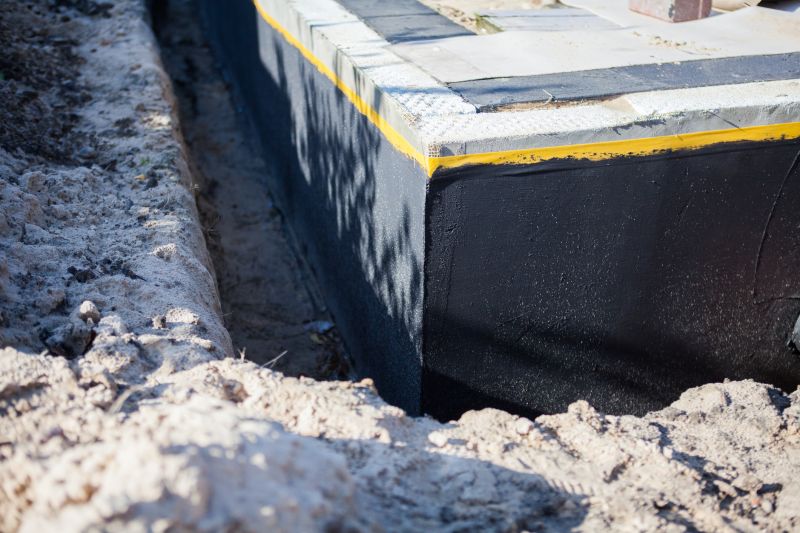
Ways to make Waterproofings work in tight or awkward layouts.
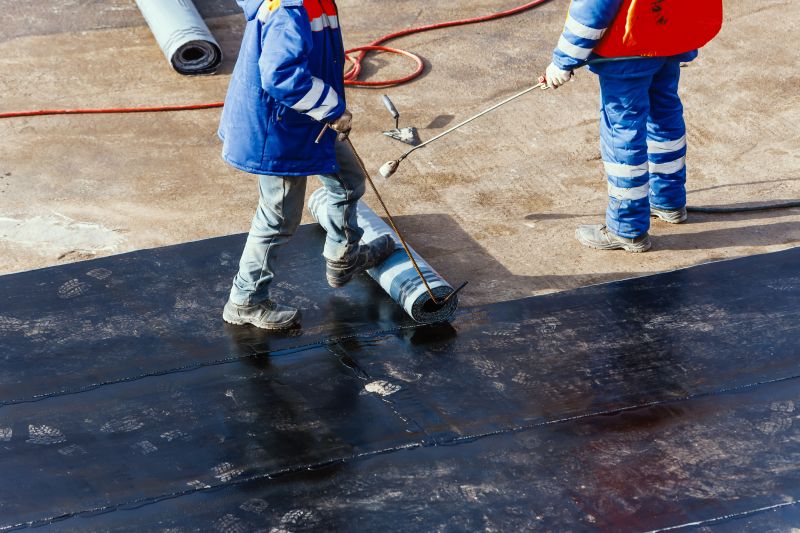
Popular materials for Waterproofings and why they hold up over time.

Simple add-ons that improve Waterproofings without blowing the budget.
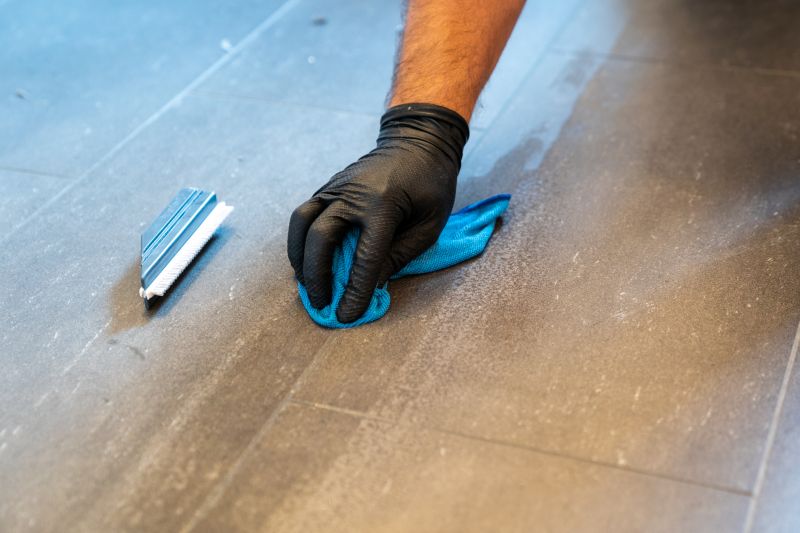
High-end options that actually feel worth it for Waterproofings.
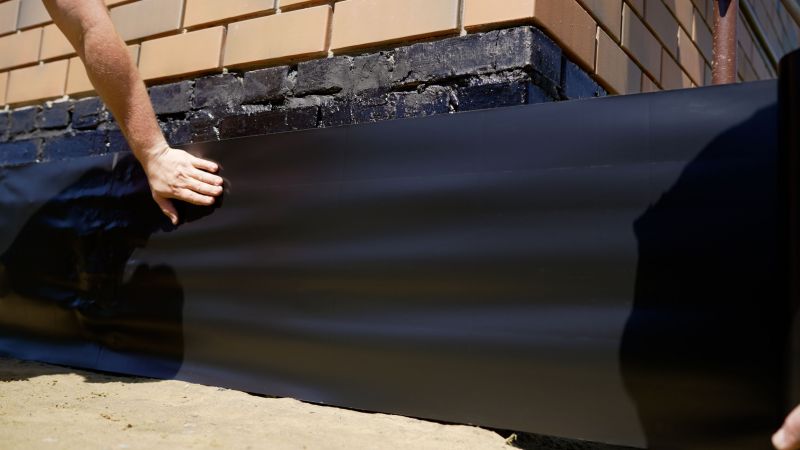
Finishes and colors that play nicely with Waterproofings.
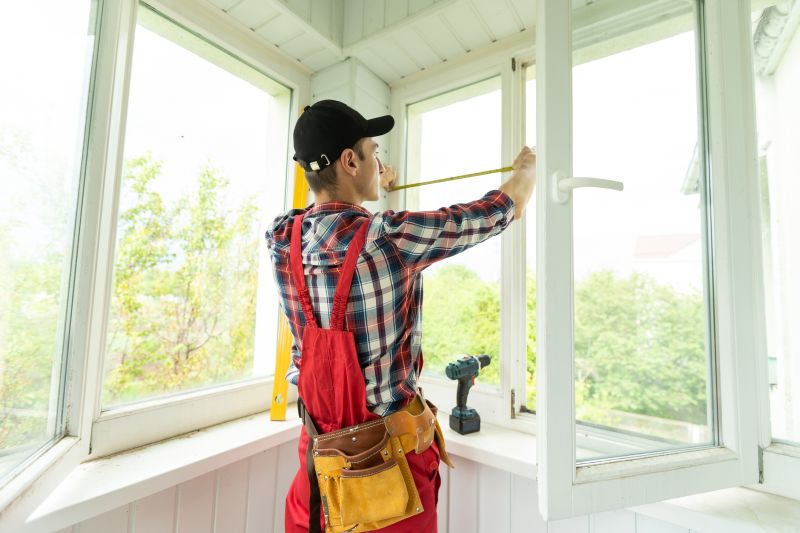
Little measurements that prevent headaches on Waterproofings day.
| Season | Ideal Conditions |
|---|---|
| Spring | Moderate temperatures, low humidity, dry days |
| Summer | Warm weather, avoid peak heat and rain |
| Fall | Cooler temperatures, low humidity |
| Winter | Cold temperatures, freezing conditions to avoid |
Waterproofings are essential components in building protection, ensuring that structures remain dry and durable over time. They are applied to foundations, roofs, basements, and other vulnerable areas to prevent water ingress. Advances in waterproofing technology have introduced a variety of materials, including liquid membranes, sheet membranes, and cementitious coatings, each suited for specific applications and environmental conditions.
Statistics indicate that proper waterproofing can extend the lifespan of a structure by decades, reducing repair costs and preventing moisture-related issues. For instance, buildings with effective waterproofing systems experience significantly fewer leaks and structural damages, leading to lower maintenance expenses over time. Optimal application timing enhances these benefits by ensuring maximum adhesion and durability of waterproofing materials.
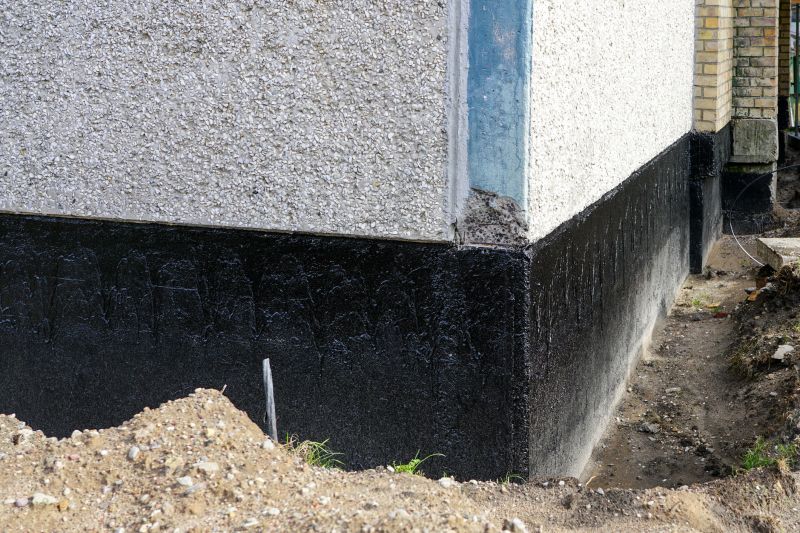
A 60-second routine that keeps Waterproofings looking new.
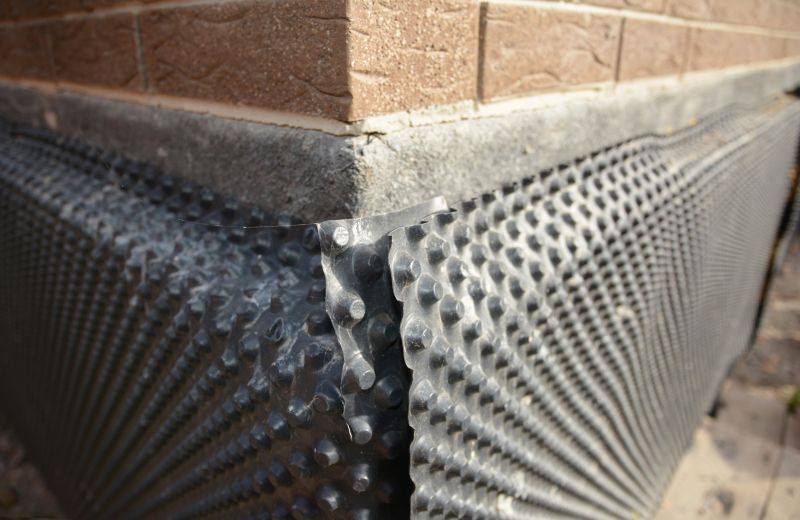
A frequent mistake in Waterproofings and how to dodge it.

Small tweaks to make Waterproofings safer and easier to use.
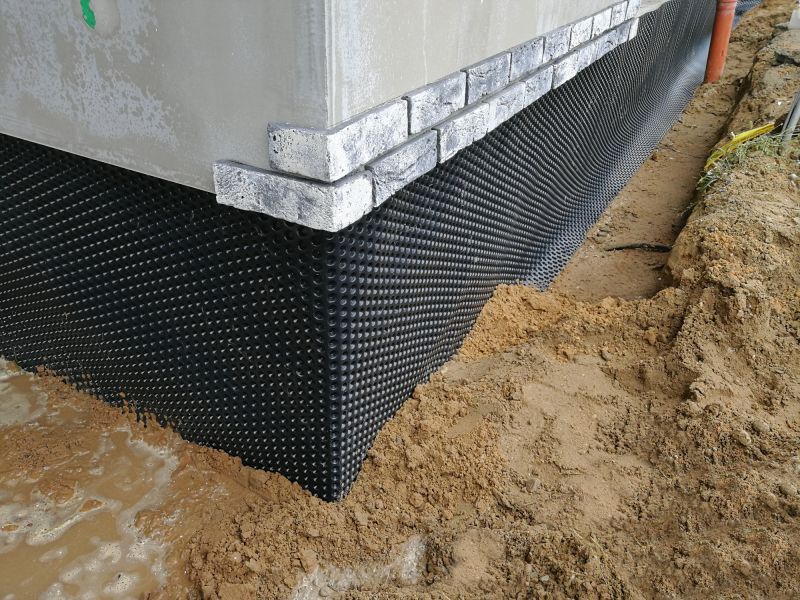
Lower-waste or water-saving choices for Waterproofings.
Individuals interested in waterproofing services are encouraged to contact through the provided form for further information and assistance. Proper timing and application are key to maximizing the effectiveness of waterproofing systems and ensuring the longevity of structures.

